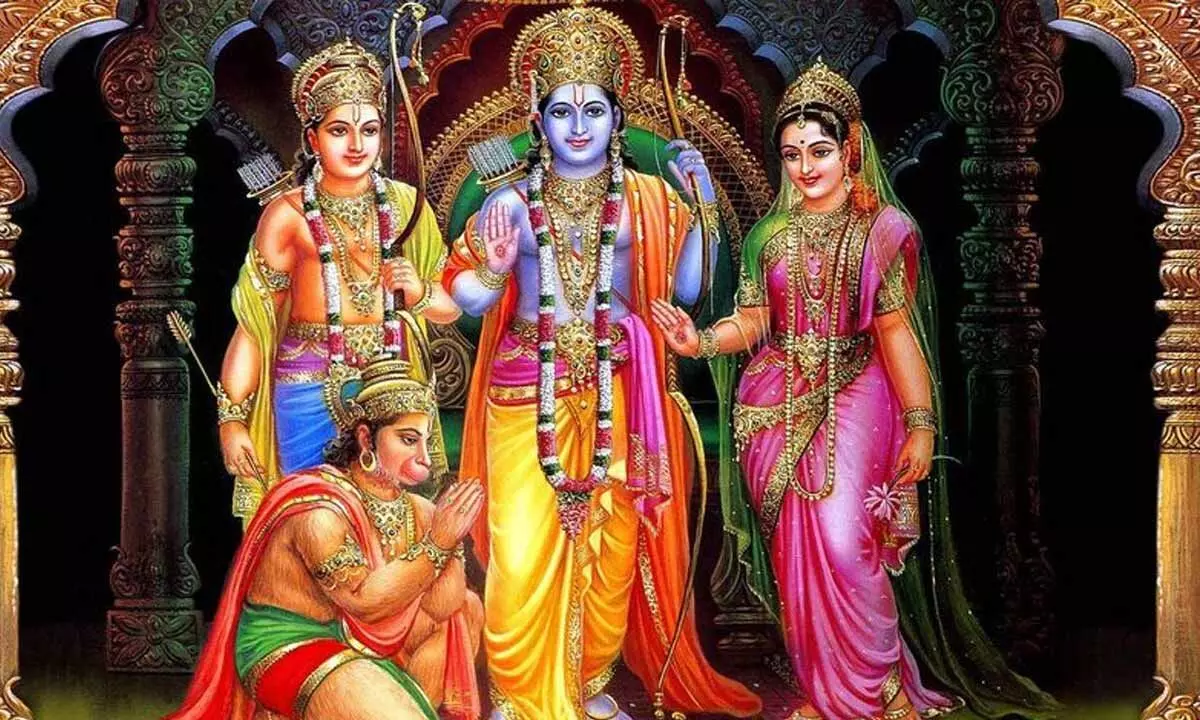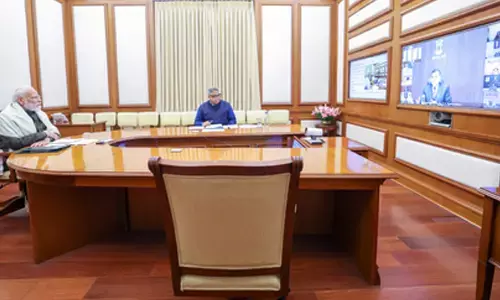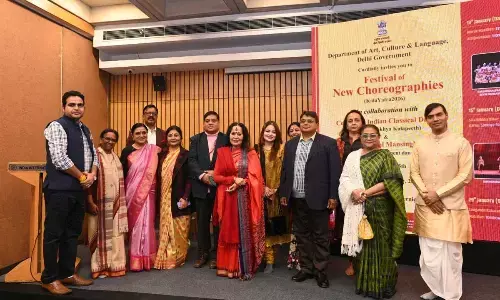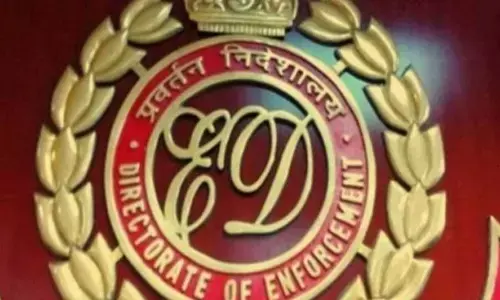Rama – The Human God

The birthday of Rama, coming on the ninth day of the month Chaitra of the lunar calendar, will be a special event this year because of Rama’s restored abode.
The birthday of Rama, coming on the ninth day of the month Chaitra of the lunar calendar, will be a special event this year because of Rama’s restored abode. Different people prepare for this day in different ways. The traditional approach is the ritualistic reading of the Ramayana, during the nine-day period from the first day of the year to the ninth day. This is treated as a jnana-yajna, an exercise in enlightenment, followed by discourses on the Ramayana and food distribution to people. Many others choose the simple option of going to Rama’s temple on that day.
Should we treat Rama as a human or as God? It is a question which may offend the devout. If we treat Rama as God, there would be no obligation to follow his ideal. After all, how can we be God-like? Our obligation ends in the material plane in which we break a coconut in our puja room and eat good food. If we treat him as a human being, there would be a goal or obligation to follow his ideal. The simplest way to ignore a person is to make him a god – whether he is Rama, or later persons like Shankaracharya, Ramanujacharya or Vivekananda. We can have the same reverence to Rama even if we do not treat him as a god and it would elevate our character. If we treat them as humans, we will read their texts; otherwise, we would be reciting their 108 names and kill the great person with a ritual. We have to decide which way we have to follow. It would be an escape route for us to avoid reading the Ramayana or trying to follow the ideals of Rama if we treat him as a God.
The very idea of avatar tells us that one Supreme Reality manifests in different forms, in different times, in different situations. Though we all have the spark of divinity in us, an avatar is a glorious manifestation of that divinity. Of the ten main avatars in our tradition, Rama is the only avatar we are asked to emulate. Krishna, though a historical character, is not a model for imitation because of supernatural actions. It is said, half-jokingly, ‘Do as Krishna tells but do as Rama does’. Krishna’s childhood actions in Brindavan have to be understood in a symbolic sense as a leela, or a divine play. It is not so in the case of Rama. Throughout the text, his interactions are totally human, and he says that he is a human. In the opening lines of the text, Valmiki’s question to Narada was about a nara, a human being, having great qualities of character – righteousness, truthfulness, straightforward nature, valor, firmness in commitment, compassion, learning, competence, and so on. He narrates sixteen qualities which would make a person an ideal ruler. Narada thinks for a while and says, ‘Yes, I know one such nara, a human being, endowed with all such qualities and many more. He then narrates the story of Rama in brief. It was clear that Valmiki was describing a human being. It was about two extraordinary people, Rama and Sita, who walked the razor’s edge of dharma, suffered greatly for no fault of theirs, achieved greatly and came out victorious.
Rama’s historicity has been well established by scholars, though his period is debated. Modern researchers like Nilesh Oak identified about hundred and fifty astronomical references in the Ramayana. Lakshmana seems to be a good reader of heavenly bodies, and we see him describing positions of stars or planets on several occasions in Valmiki’s text. With a wealth of data from modern astronomical sources, Nilesh Oak establishes that Rama existed twelve thousand years ago. This too, is debated, but all scholars agree that Rama was a historical character.
Some people perform the marriage (kalyanam) of Sita and Rama on the ninth day, Rama-navami. As we saw in an earlier episode, the chapters relating to this marriage in Valmiki’s text established a procedure of how marriage is a sacred bond to preserve dharma. They provided a model which survived through several millennia. There is a practice in which the newlyweds listen to the story of the marriage of Sita and Rama for a happy married life. Their sense of mutual love and trust in all situations and readiness to suffer for dharma are the real fire ordeal.















